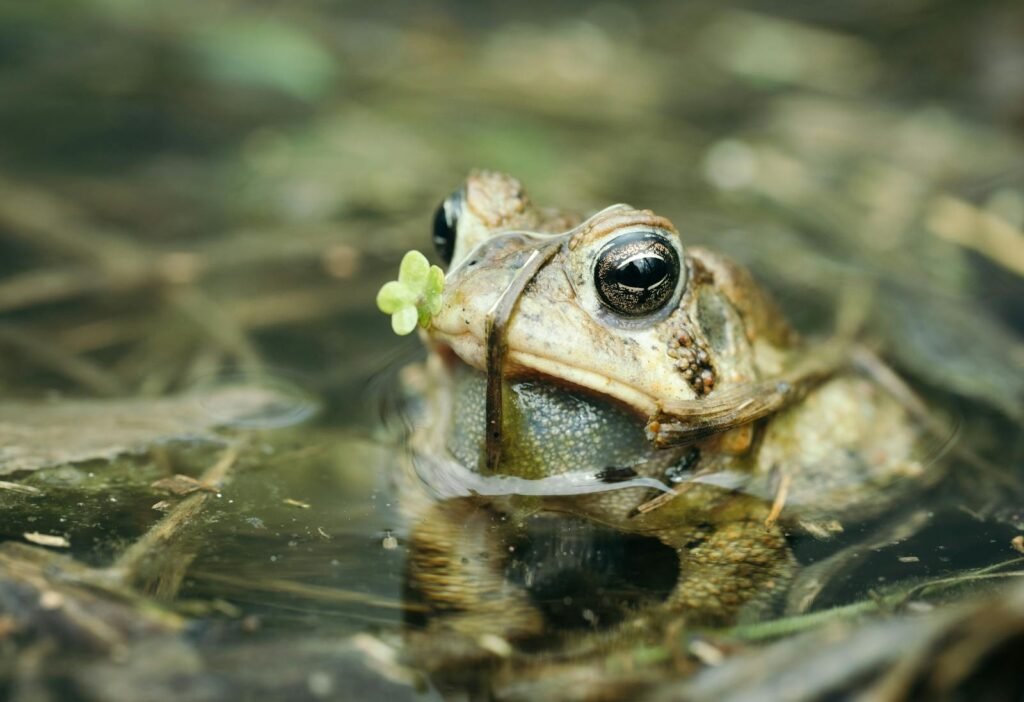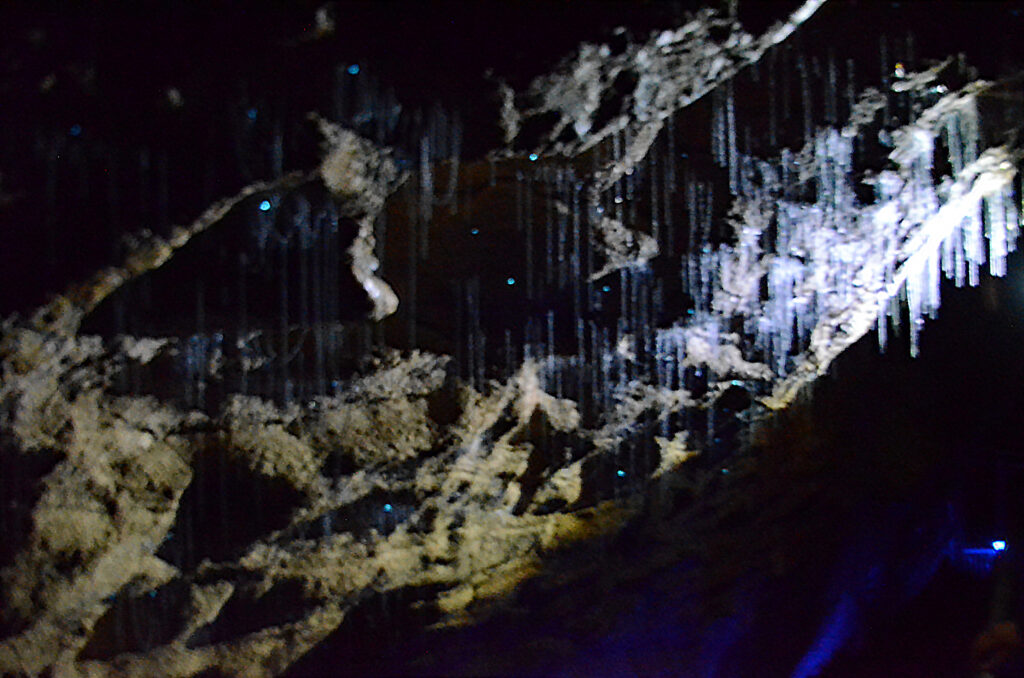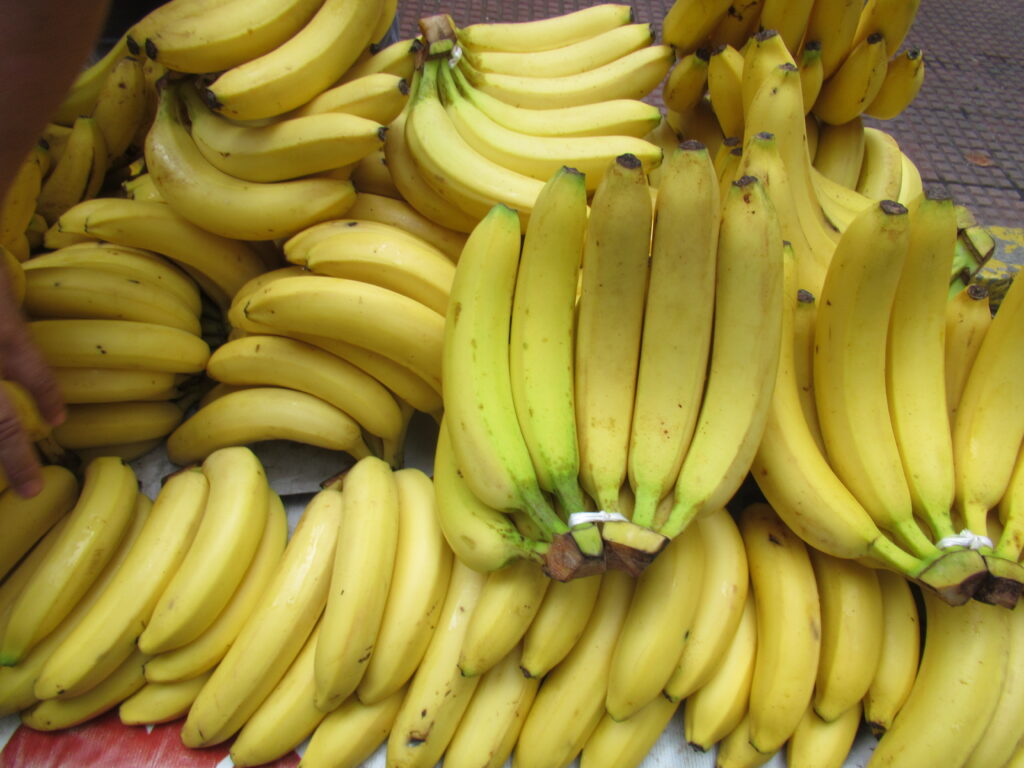South Africa’s biodiversity isn’t simply a cache of exotic species, it’s also a living repository of cultural history. For decades, scientific literature has compiled frogs and reptiles in Latin names, so the Indigenous nomenclature for these animals is dispersed and unrecorded. And now, in a trailblazing research led by zoologist Fortunate Phaka, the first comprehensive list of frog and reptile names in nine of South Africa’s official languages has been compiled. The findings show more than vocabulary; they show how language shapes our connection with nature and why conservation involves listening.
Why Indigenous Names Matter in Science

To most South Africans, scientific names such as Hyperolius marmoratus (Painted Reed Frog) are of little significance. But utter Umgqagqa opendiwe in IsiZulu, and the animal is now familiar. Phaka’s study points to an important conservation shortfall: if humans don’t know species by their scientific names, how can they participate in safeguarding them?
Native names tend to encode behavior, habitat, or even myth. Senanatswidi, the Sepedi name for Rain Frogs, for instance, imitates their whistling call (tswidi), while Lebololo (Puff Adder) varies in appearance with slight modifications in various languages, suggesting common cultural histories. These names are not mere tags, they are stories.
How the Study Uncovered Hidden Linguistic Patterns

Phaka’s team spoke with 287 Indigenous speakers and pored through 18 science papers to plot naming conventions. They found that although Western classification gives every species a distinctive Latin name, Indigenous classifications tend to clump creatures by similarity. For example, all eight species of Reed Frog are referred to with the single IsiZulu term Umgqagqa, but with different adjectives attached (opendiwe for “painted”).
This “folk taxonomy” reflects scientific classification in unexpected ways. As biologists apply genus groupings (e.g., Ptychadena to Grass Frogs), Indigenous languages feature umbrella terms such as Uvete (IsiZulu) for the same taxon. By integrating these systems, Phaka developed bilingual names that respect tradition yet provide accuracy.
The Surprising Link Between Language and Conservation
A reptile’s name might seem trivial, but Phaka argues it’s vital for inclusive conservation. When guidebooks only list Latin or English names, they exclude millions who speak Indigenous languages. This alienation weakens community involvement in protecting wildlife.
Consider the Puff Adder: known as Lebololo in Sepedi, its name evokes its explosive hiss. If conservationists use this term, locals instantly grasp which species is being discussed whether in education programs or anti-poaching efforts. As Phaka puts it, “Conservation hasn’t been doing a good job of being inclusive. Names are the first step.”
Birds, Insects, and Plants: Who Else Has Been Named?

Frogs and reptiles are only the start. Recent research has recorded:
- Birds: In 2022, a paper standardized IsiZulu names for all South African birds, unveiling terms such as iNtshe (Ostrich), which is named after its running ability.
- Insects: IsiXhosa insect names often reference sound or color, such as Inyembezi (teardrop) for certain beetles.
- Plants: The SeSotho Animal and Plant Word List contains such names as Mohlware (Wild Olive), associated with medicine.
But there are gaps. Several species have no Indigenous names at all, showing the erasure of oral knowledge during the colonial period. Phaka’s labor seeks to turn this one Umgqagqa around at a time.
Can a Name Save a Species?
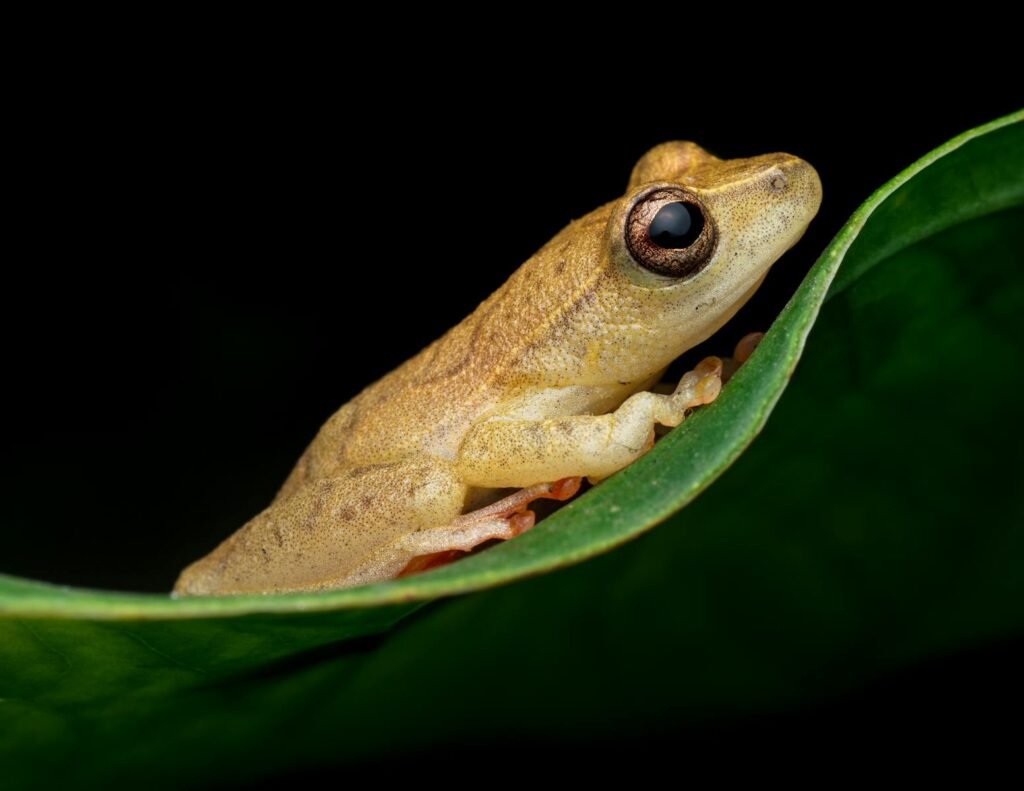
In Kenya, the Sengwer people’s term for the De Brazza’s Monkey (Ng’wech) helped rally local support to protect its habitat. Similarly, Phaka hopes bilingual field guides like his Frogs of Zululand will empower South Africans to champion wildlife in their mother tongues.
The stakes are high. Over 30% of South Africa’s frogs are threatened by habitat loss. If communities can’t identify species in their own languages, conservation messages may fall on deaf ears. “A name is a bridge,” says Phaka. “Without it, science and culture speak past each other.”
What’s Next for Indigenous Taxonomy?
Phaka’s group intends to expand their research to mammals and marine animals, but there are problems. There are some species without Indigenous names that exist, where careful collaboration with elders is necessary to create new terms without interrupting linguistic heritage.
Meanwhile, apps like iNaturalist are beginning to incorporate multilingual data, allowing users to log sightings in IsiZulu or Sesotho. It’s a small step toward Phaka’s vision: “A future where a child opens a textbook and sees their language alongside Latin where science doesn’t silence, but amplifies, the voices of the land.”
The Bottom Line
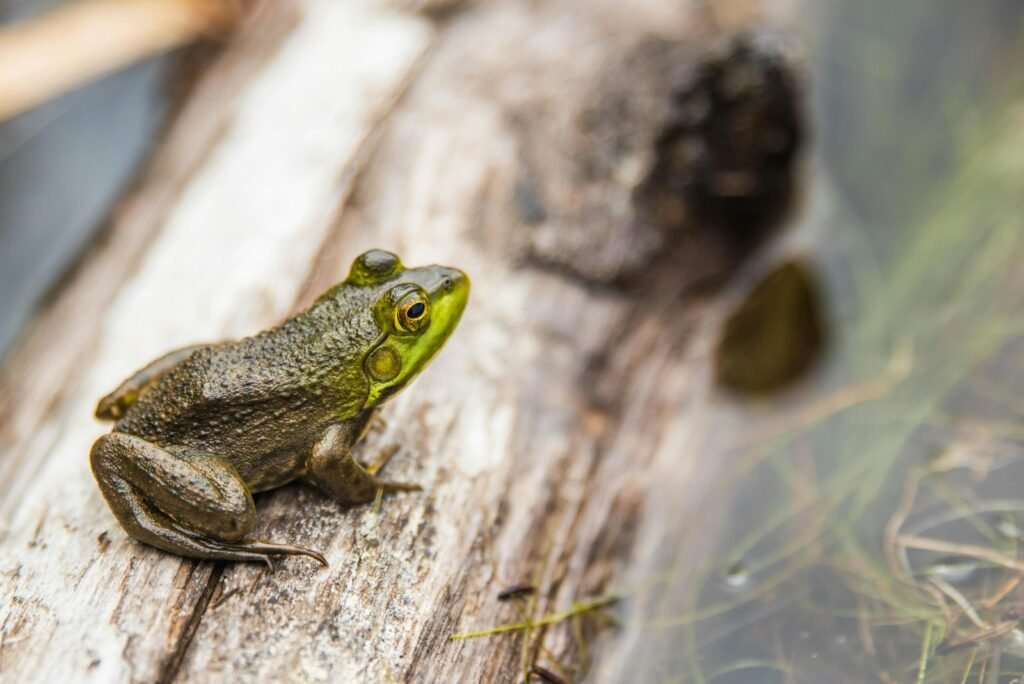
South African wildlife names are not just words, they’re identity keys, memory keys, and survival keys. By infusing conservation with Indigenous knowledge, we don’t merely save species; we are preserving the cultures that have lived with them for the longest. As Phaka’s work reveals, sometimes even the most elementary question “What do you call this frog?”can redefine the way we look after our world.
Sources :

Jan loves Wildlife and Animals and is one of the founders of Animals Around The Globe. He holds an MSc in Finance & Economics and is a passionate PADI Open Water Diver. His favorite animals are Mountain Gorillas, Tigers, and Great White Sharks. He lived in South Africa, Germany, the USA, Ireland, Italy, China, and Australia. Before AATG, Jan worked for Google, Axel Springer, BMW and others.

